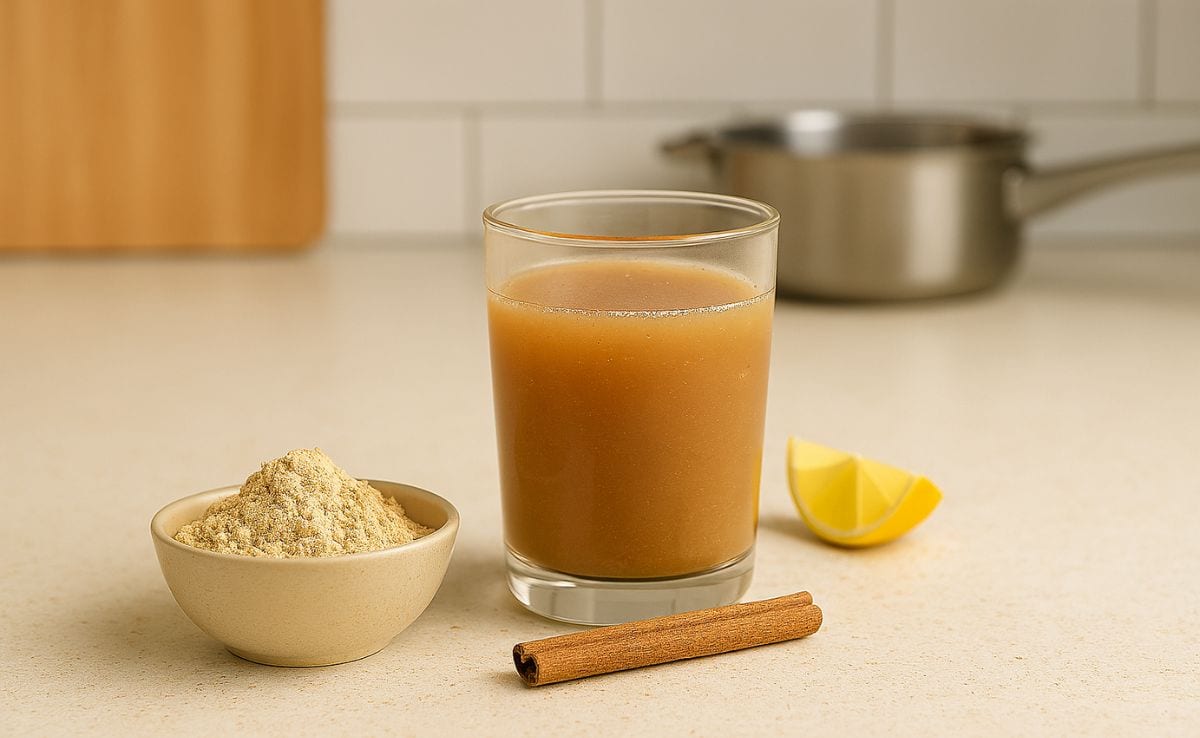Next time you go to an Asian restaurant you won't be the only one not eating with a chopstick or worse, trying to poke someone's eye out with it. You'll be able to use chopsticks like they're an extension of your arm.
Advertisement
Advertisement
Advertisement
For the latest food news, health tips and recipes, like us on Facebook or follow us on Twitter and YouTube.
Advertisement
Tags:
